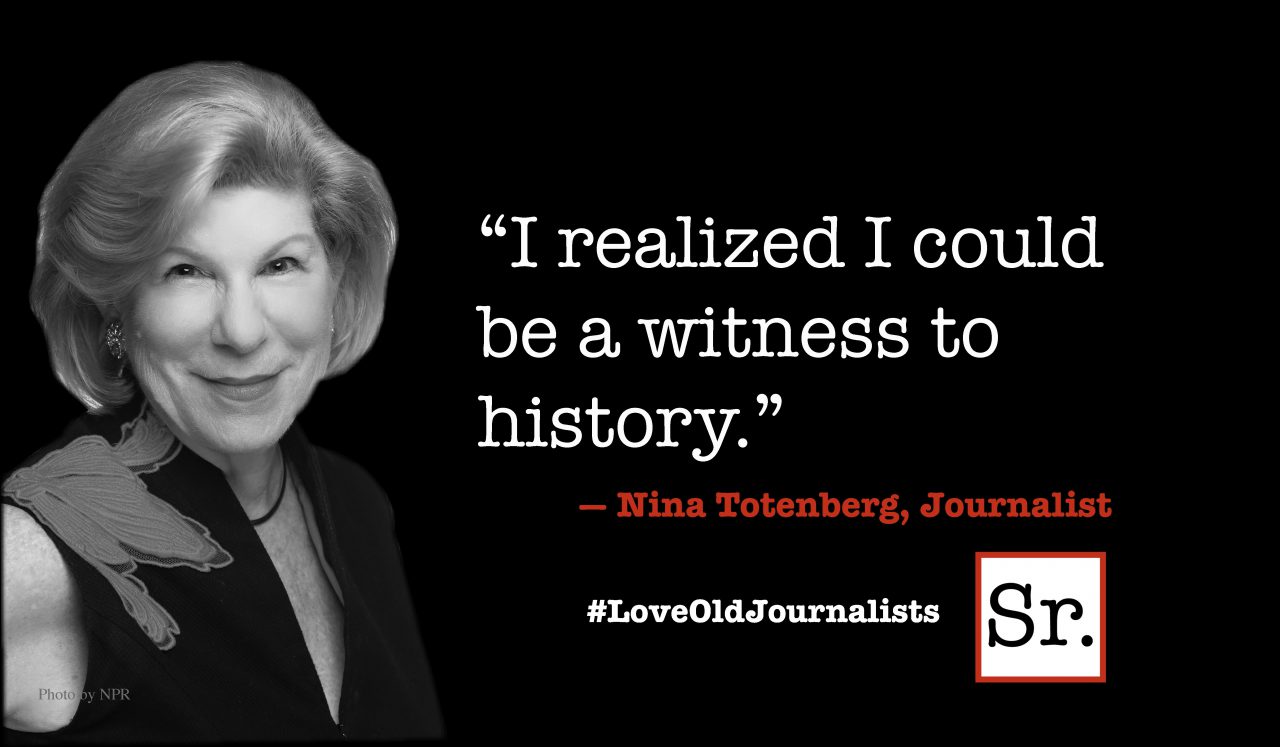What is the first thing you did this morning — take a shower, have a cup of coffee, check your email? Most of the things that we do are habits that have developed over time and have become ingrained into our daily routines. A habit is a patterned behavior that is repeated regularly and tends to occur subconsciously. In her lab at the Massachusetts Institute of Technology (MIT), Anne Graybiel PhD has determined that the parts of the brain that are not actively anticipating and judging are just playing out a previously learned script
For individuals, habits influence levels of health, well-being, and performance. For organizations, habits influence productivity, engagement, and growth.
In his book “The Power of Habit”, Charles Duhigg states that about 40-45% of what we do every day, although it feels like decision-making, is actually habit. According to Duhigg, once a habit is formed, the brain, which is always looking to conserve energy, starts working less and less while engaged in a specific task. Eventually, it can virtually shut down. As a result, mental capacity is cleared up for tackling other duties or forming other habits
Duhigg attributes the formation of a habit with a psychological pattern called the “habit loop.” This routine consists of three key steps: the trigger, the routine, and the reward.” First, there is a cue, or a trigger that tells your brain to go into automatic mode. The cue can be internal, such as a feeling or thought, or external, such as a time of day. The second part of the habit loop is the routine which can be physical, cognitive, or emotional. The third component is the reward which determines if a particular habit loop is worth remembering. Once you understand the habit loop components of a particular behavior, you can look for ways to replace old vices with new practices.
Routines are organization’s equivalent of habits.
Research demonstrates that when it comes to organizational routines a large part of a company’s success is based not on the big strategy decisions that people make but on the habits that emerge within the organization. Art Markham, founding director of the Human Dimensions program at the University of Texas states that anytime you want a desired behavior out of people at work, make it as easy as possible to do, and make the undesirable behavior as difficult as possible.
A keystone habit is one that acts as the foundation on which you can build other positive habits. As stated by Charles Duhigg, keystone habits emphasize that success doesn’t depend on getting every single thing right, but instead relies on identifying a few key priorities and fashioning them into powerful levers. Keystone habits encourage widespread organizational change in the following ways:
- Keystone habits produce “small wins”. Small wins are progress points along the way to a goal. They are accomplishments that stimulate greater transformative changes and convert cumulative successes into routines. Even ordinary, incremental progress can increase employee engagement and productivity.
- The key to managing people and their work output is awareness of what encourages advancement towards a goal, and what has the opposite effect. Creating structure and a positive environment are also vital components that move an organization towards instilling positive habits of achievement.
- Keystone habits can create a new organizational culture that embodies new values. Duhigg says that “during turmoil, organizational habits become malleable enough to both assign responsibility and create a more equitable balance of power.”
If you are in a leadership role, you are continually in the position of influencing other people’s behaviors. Changing habits is more than telling someone what to do. It is about helping them set achievable goals, acting as a role model, and creating the right environment in which the desired habit can flourish.
Many habits are positive and are really helpful. So how do you know when you have a problem? If there are things you want to achieve and can’t seem to get there, that is the point where you can analyze how you are spending your time. Create new goals and that interfere with habits that are no longer beneficial. Changing a habit may not always be easy. But, with effort and continued practice almost any habit can be transformed into one that serves you and your organization better.









